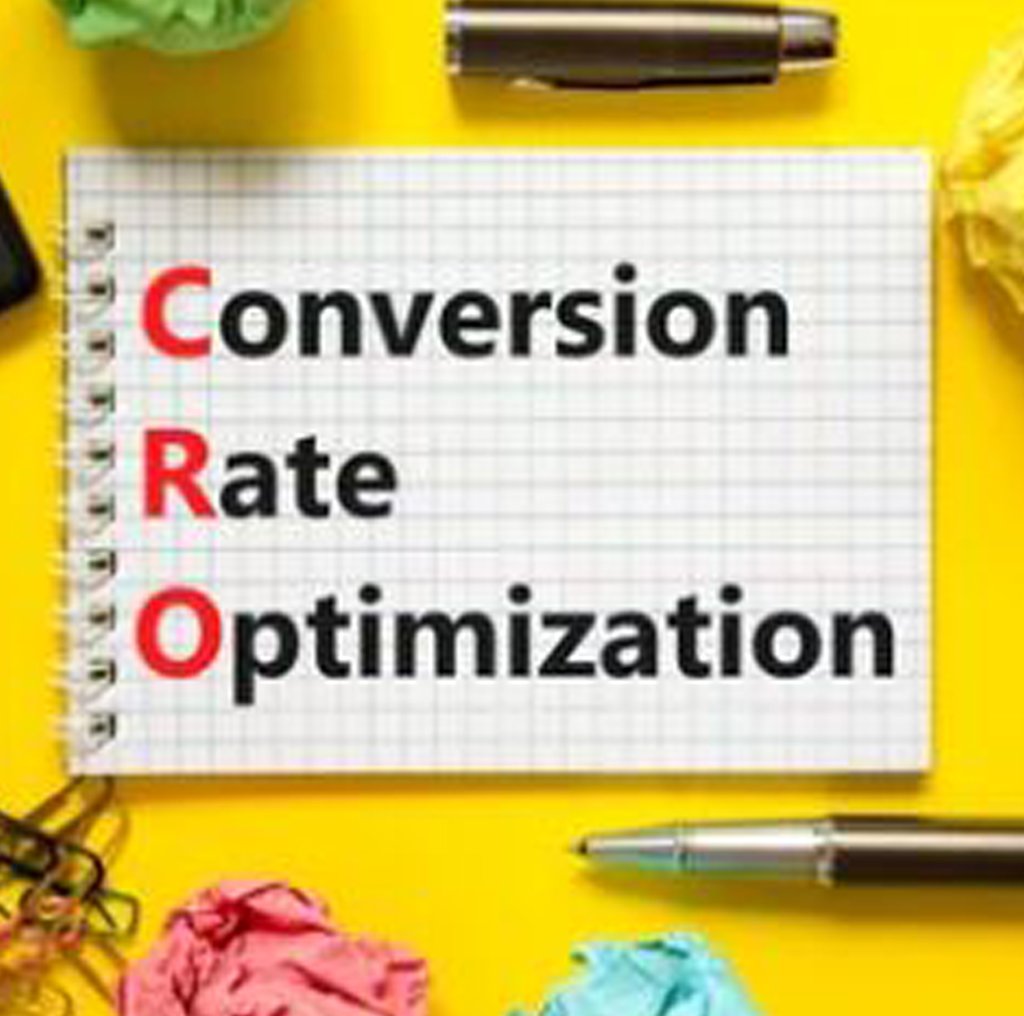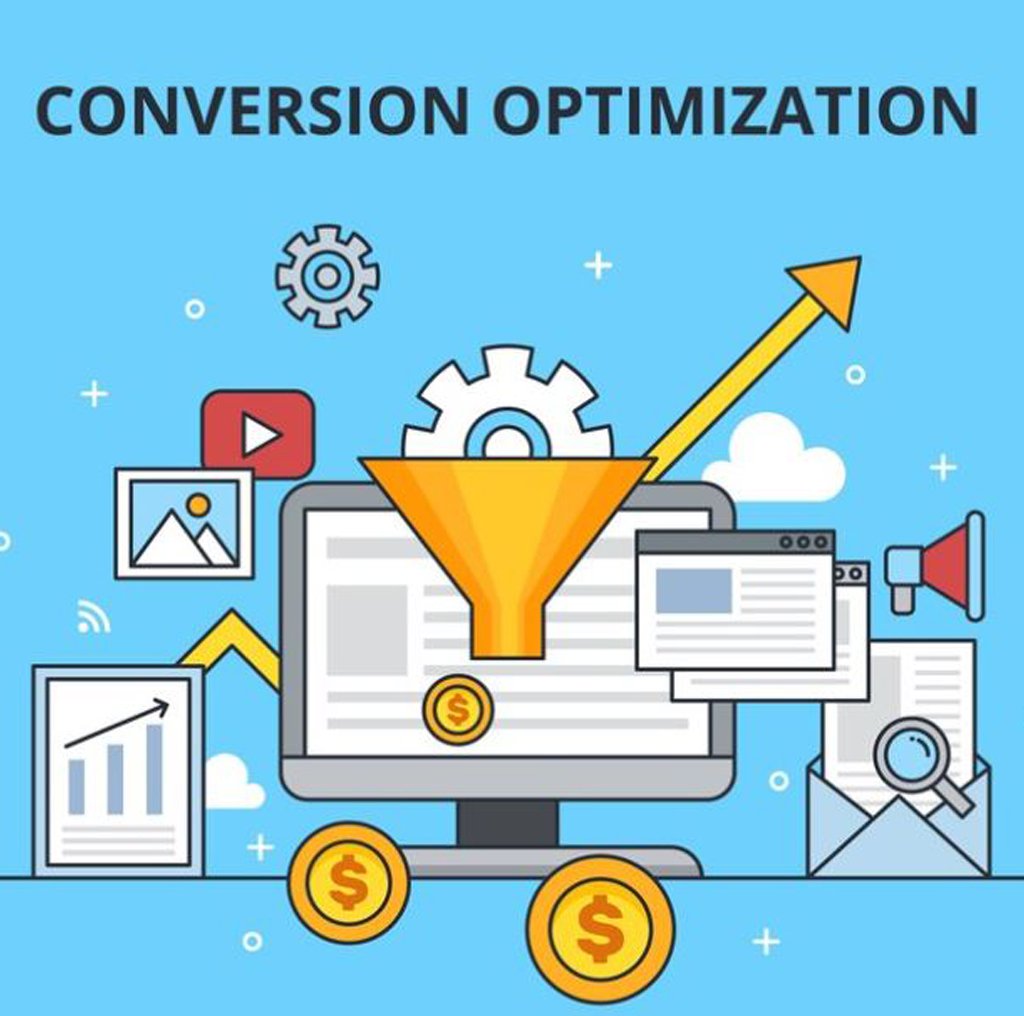Conversion Rate Optimization (CRO) Strategies for E-commerce

Conversion Rate Optimization (CRO) is a crucial aspect of eCommerce, aimed at improving the percentage of website visitors who complete desired actions such as making a purchase, signing up for a newsletter, or adding items to a cart. Effective CRO strategies can significantly enhance user experience, boost sales, and increase overall revenue. Here are some comprehensive CRO strategies tailored for e-commerce businesses.
1. Optimize Website Speed and Performance
Website speed and performance are critical factors that affect user experience and conversion rates. Slow-loading pages can lead to high bounce rates and lost sales opportunities.
Strategies:
- Minimize Page Load Time: Use tools like Google PageSpeed Insights to identify and fix issues that slow down your website.
- Optimize Images: Compress images without compromising quality to reduce load times.
- Leverage Browser Caching: Enable browser caching to store static files and reduce server load.
- Use a Content Delivery Network (CDN): Implement a CDN to distribute content efficiently and speed up load times for users globally.
2. Enhance Mobile Experience
With a significant portion of eCommerce traffic coming from mobile devices, ensuring a seamless mobile experience is essential.
Strategies:
- Responsive Design: Ensure your website is mobile-friendly and adapts to different screen sizes.
- Simplified Navigation: Make it easy for mobile users to navigate your site with clear menus and search functionality.
- Optimize Checkout Process: Streamline the mobile checkout process by reducing form fields and enabling mobile payment options.
3. Improve Product Pages
Product pages are critical to driving conversions. They should provide all the necessary information and encourage visitors to make a purchase.
Strategies:
- High-Quality Images: Use high-resolution images with zoom functionality to showcase product details.
- Compelling Product Descriptions: Write clear, concise, and persuasive product descriptions highlighting features and benefits.
- Customer Reviews and Ratings: Display customer reviews and ratings to build trust and credibility.
- Add to Cart Buttons: Make the “Add to Cart” button prominent and easy to find.
4. Simplify the Checkout Process
A complex or lengthy checkout process can lead to cart abandonment. Simplifying this process can significantly improve conversion rates.
Strategies:
- Guest Checkout: Offer a guest checkout option to reduce friction for first-time buyers.
- Reduce Form Fields: Minimize the number of required form fields to speed up the checkout process.
- Progress Indicators: Use progress indicators to show users how far along they are in the checkout process.
- Multiple Payment Options: Provide various payment options, including credit cards, PayPal, and other digital wallets.
5. Utilize A/B Testing
A/B testing allows you to compare different versions of web pages to determine which one performs better in terms of conversions.
Strategies:
- Test Headlines and Copy: Experiment with different headlines, product descriptions, and calls to action.
- Test Layouts and Design: Compare different layouts, color schemes, and button placements.
- Test Promotions and Offers: Evaluate the impact of different promotional offers, discounts, and pricing strategies.
6. Leverage Personalization
Personalization can significantly enhance user experience by delivering relevant content and offers based on individual user behavior and preferences.
Strategies:
- Personalized Product Recommendations: Use algorithms to suggest products based on browsing and purchase history.
- Customized Email Campaigns: Send personalized emails with product recommendations, special offers, and tailored content.
- Dynamic Content: Display dynamic content on your website, such as personalized banners and messages.
7. Enhance Trust and Security
Building trust is crucial for converting visitors into customers, especially in ecommerce.
Strategies:
- Trust Badges and Seals: Display security badges, SSL certificates, and payment seals to reassure visitors.
- Transparent Policies: Clearly communicate your return, refund, and shipping policies.
- Secure Payment Gateway: Use a secure and reliable payment gateway to protect customer information.
8. Implement Exit-Intent Popups
Exit-intent popups can help capture visitors who are about to leave your site without making a purchase.
Strategies:
- Special Offers: Offer a discount or special deal to entice visitors to stay and complete their purchase.
- Email Capture: Use exit-intent popups to collect email addresses for future marketing efforts.
- Survey Popups: Ask visitors for feedback on why they are leaving to gain insights and improve your site.
9. Utilize Social Proof
Social proof, such as customer reviews, testimonials, and user-generated content, can significantly influence purchasing decisions.
Strategies:
- Customer Testimonials: Display testimonials from satisfied customers prominently on your site.
- User-Generated Content: Encourage customers to share photos and reviews of your products on social media and feature this content on your site.
- Real-Time Activity: Show real-time notifications of recent purchases or product reviews to create a sense of urgency and trust.
10. Optimize for Search Engines
Improving your search engine optimization (SEO) can drive organic traffic to your site, increasing the chances of conversions.
Strategies:
- Keyword Research: Identify and use relevant keywords in your product descriptions, titles, and meta tags.
- On-Page SEO: Optimize on-page elements such as headings, URLs, and image alt texts.
- Content Marketing: Create valuable content such as blog posts, guides, and videos to attract and engage potential customers.
11. Offer Live Chat Support
Providing live chat support can help address customer queries and concerns in real-time, improving the chances of conversion.
Strategies:
- Proactive Chat Invitations: Trigger chat invitations based on user behavior, such as time spent on a page or repeated visits.
- 24/7 Availability: Offer round-the-clock support to cater to customers in different time zones.
- Knowledgeable Agents: Ensure your live chat agents are well-trained and can provide accurate and helpful information.
12. Retarget Abandoned Carts
Retargeting visitors who have abandoned their carts can help recover lost sales and improve conversion rates.
Strategies:
- Email Reminders: Send automated email reminders to users who have left items in their carts.
- Retargeting Ads: Use retargeting ads on social media and other platforms to remind users of their abandoned carts.
- Personalized Offers: Offer special discounts or incentives to encourage users to complete their purchases.
Effective Conversion Rate Optimization (CRO) strategies are essential for e-commerce businesses to enhance user experience, increase sales, and boost overall revenue. By optimizing website speed, enhancing mobile experience, improving product pages, simplifying the checkout process, leveraging A/B testing, utilizing personalization, enhancing trust and security, implementing exit-intent popups, utilizing social proof, optimizing for search engines, offering live chat support, and retargeting abandoned carts, e-commerce businesses can create a seamless and engaging shopping experience that drives conversions and fosters customer loyalty. Implementing these strategies systematically and continuously monitoring and iterating based on data insights can lead to sustained growth and success in the competitive e-commerce landscape.

